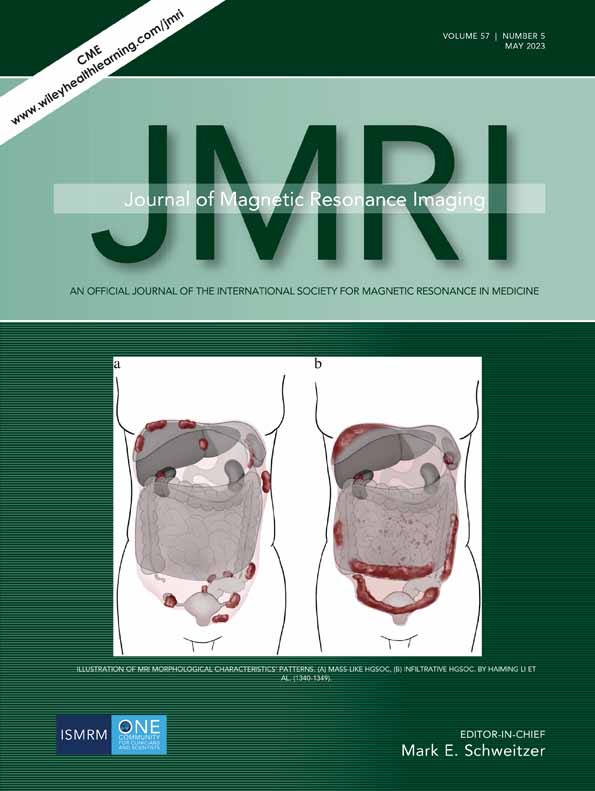Diffusion-Weighted MR Imaging of the Optic Nerve Can Improve the Detection of Post-Laminar Optic Nerve Invasion from Retinoblastoma
Contract grant sponsor: Beijing Municipal Administration of Hospitals' Ascent Plan; Contract grant number: DFL20190203; Contract grant sponsor: Beijing Municipal Administration of Hospitals Clinical Medicine Development of Special Funding Support; Contract grant number: ZYLX201704.
Abstract
Background
Post-laminar optic nerve invasion (PLONI) is a high-risk factor for the metastasis of retinoblastoma (RB). Unlike conventional MRI, diffusion-weighted imaging (DWI) reflects histopathological features, and may aid the assessment of PLONI.
Purpose
To determine the value of conventional MRI plus DWI in detecting PLONI in RB patients.
Study Type
Retrospective.
Population
Eighty-three RB patients, including 28 with histopathologically proven PLONI and 55 without PLONI.
Field Strength/Sequence
3.0 T, precontrast axial T1-weighted and T2-weighted imaging, DWI, and postcontrast axial, coronal, and oblique-sagittal T1-weighted imaging.
Assessment
PLONI was assessed using post-enucleation histology and preoperative MRI features (optic nerve signal intensity, enlargement, and enhancement on conventional MRI, and apparent diffusion coefficient [ADC] of the optic nerve on DWI) evaluated by three observers.
Statistical Tests
MRI features suggesting the presence of PLONI were identified using univariable and multivariable analyses. Receiver operating characteristic (ROC) curve and area under the curve (AUC) were used to analyze diagnostic performance.
Results
Optic nerve enhancement and low ADC of the optic nerve were significant indicators of PLONI. ROC curve analysis showed that the AUC of the combination of these two features for detecting PLONI was 0.87 (95% confidence interval [CI]: 0.78–0.93). The diagnostic performance of this model was significantly superior to that of optic nerve enhancement alone (0.76, 95% CI: 0.65–0.85) and marginally superior to that of the ADC of the affected optic nerve (0.78, 95% CI: 0.68–0.87, P = 0.051).
Data Conclusion
Conventional MRI combined with DWI can improve the detection of PLONI in RB patients over conventional MRI alone.
Evidence Level: 3
Technical Efficacy: Stage 2




